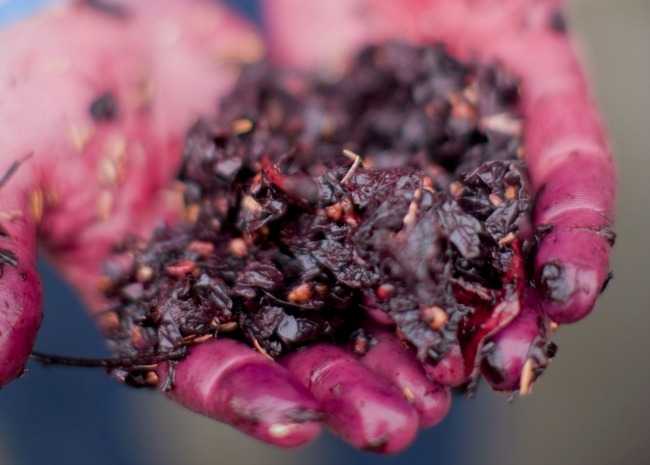We use cookies to personalise site content, social media features and to analyse our traffic. We also share information about your use of this site with our advertising and social media partners.

-
 Search in Members
Search in Members
-
 Search in Members
Search in Members
-
 Search in Albums
Search in Albums
-
 Search in Photos
Search in Photos
-
 Search in Blog
Search in Blog
-
 Search in Businesses
Search in Businesses
-
 Search in Contests
Search in Contests
-
 Search in Events
Search in Events
-
 Search in Groups
Search in Groups
-
 Search in Music Albums
Search in Music Albums
-
 Search in Music Songs
Search in Music Songs
-
 Search in Pages
Search in Pages
-
 Search in Questions
Search in Questions
-
 Search in Quotes
Search in Quotes
-
 Search in Site Team
Search in Site Team
-
 Search in Recepies
Search in Recepies
-
 Search in Thoughts
Search in Thoughts
-
 Search in Videos
Search in Videos
-
 Search in Channels
Search in Channels
-
 Search in Wishes
Search in Wishes
-
 Search in Prayers
Search in Prayers
Loading ...









Comments